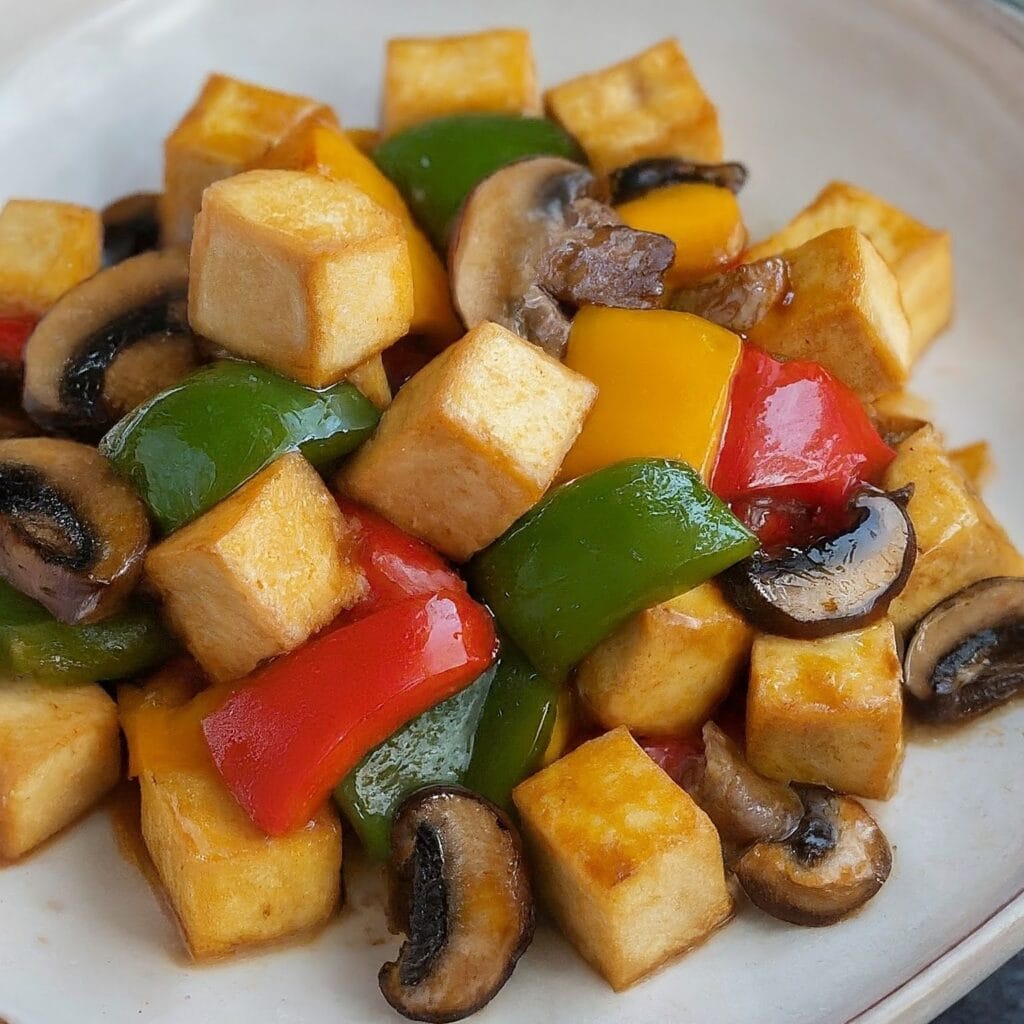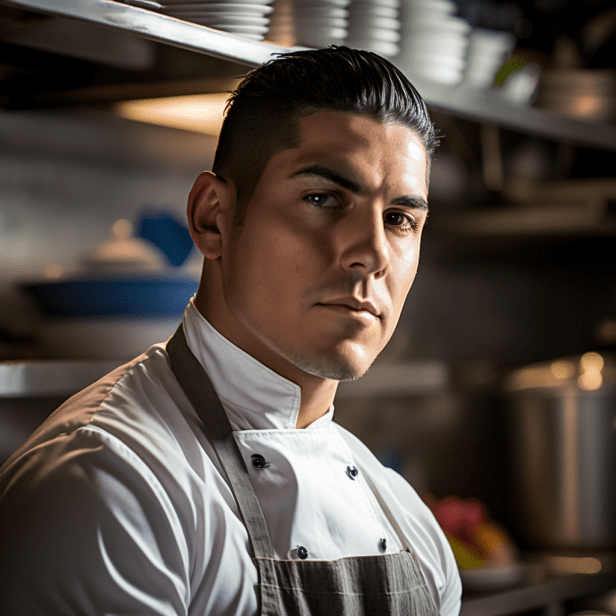Delight in low-sodium Chinese dishes with expert tips on navigating healthier options. Explore what Chinese food is low in sodium for a mindful dining experience.

KEY TAKEAWAY
- Choose soups with light flavors and add salt at the end of cooking for a tastier experience.
- Enjoy stir-fries with just a hint of soy sauce and oyster sauce to savor the freshness of veggies and proteins.
- Spice up your salads with garlic, chili oil, vinegar, and herbs instead of heavy sauces for a healthier option.
Navigating Chinese food when watching sodium can be tricky. (1)
But there’s good low-salt options too. Livestrong says steamed rice, veggies and dumplings hit the spot without extra salt. Opting for these and tweaking classics lets you enjoy China’s flavors while eating balanced.
With rice, you get the carbs. Vegetables add nutrients. And dumplings satisfy that craving. By making simple switches, your diet doesn’t have to miss out on this cuisine. Want to dive deeper into low-sodium Chinese dishes you can make regular meals?
Keep reading to discover recipes you can feel good eating without guilt.
Best Low-Sodium Chinese Food Options
When it comes to cooking Chinese food at home, I always aim to reduce the sodium. After trying lots of different ingredients, I’ve learned some go-to options that let the natural flavors shine.
For stir-fries, less is definitely more. A touch of soy or oyster sauce adds plenty of taste. Packing the pan full of fresh veggies like broccoli and bell peppers makes my plate filling without extra salt. Chicken or shrimp adds protein. I let the veggies and meat take center stage in a quick stir-fry.
Soups can also be low in sodium if you go light on the salt. I like mine with just a few seasonings so each taste really pops. At the end, a quick taste test lets me adjust the salt until it’s just right.
My go-to side is always fresh fruit. Mango or pineapple by itself is so refreshing. Paired with steamed fish, the sweetness pairs perfectly without any sauce needed. It’s the perfect simple meal.
By controlling sauces and seasonings, these dishes satisfy without all the salt. Little changes make a big difference in keeping dishes flavorful with less sodium.
Low-Sodium Sauce and Seasoning Options

Finding the right seasonings has been a fun experiment. I’ve tried a bunch of different soy sauces to see what works. My favorite is still the lightly flavored brews from Thailand – they pack tons of taste without loads of salt. Coconut aminos are awesome too. Just a splash adds depth without sodium.
It’s basic, but my pantry always has fresh garlic, ginger and chili. Their flavors blow any salt out of the water. A little goes a long way in turning a dish from okay to omething special. Lately, I’ve gotten into infusing my own chili oils too. It adds fun punch to any meal.
Here’s my seasoning lineup:
- Thai soy sauces – Light flavor but heavy on taste
- Coconut aminos – Great for stir fries and bowls
- Fresh garlic – complexity in every bite
- Ginger – bright and zingy
- Homemade chili oil – punches it up nicely
Playing with new flavors keeps meals interesting. With a few swaps, even takeout can become lower sodium thanks to versatile ingredients that enhance naturally.
Dining Out Tips for Low-Sodium Choices
When eating out, I always check sodium levels carefully or ask for kitchen adjustments. For takeout, I’ve found the most success ordering steamed vegetable dishes or plain steamed tofu with minimal or no added sauces. Homemade peanut sauces or fresh salsas allow me to indulge while keeping sodium in a reasonable range. (2)
These days, I mainly avoid deep-fried options and processed snacks typically high in sodium. While tempting, their notable sodium content just isn’t worth it for my goals. With some clever substitutions and cooking techniques, I’ve proven Chinese cuisine can undoubtedly be enjoyed while controlling sodium intake.
By keeping prepared dishes simple and letting natural flavors shine, one can adapt Chinese meals to a lower sodium diet with ease. Some small swaps go a long way in reducing intake without sacrificing taste. Trial and error led me to balanced options providing flavor and satisfaction without compromising my health.
FAQ
How can you find low-sodium, weight-loss-friendly Chinese fast food choices in the United States?
When ordering Chinese fast food, steer clear of deep-fried items like egg rolls and spring rolls. Instead, opt for stir-fried dishes with lean proteins, fresh veggies, and light sauces. Pair your meal with a side of brown rice or lettuce wraps.
How can you navigate Chinese food choices in the United States to find heart-healthy, low-sodium options?
When dining out, look for menu items that feature lean proteins, fresh vegetables, and light sauces. Steer clear of deep-fried dishes, high-sodium sauces like soy sauce and hoisin, and fried rice or lo mein. Opt for steamed dishes, lettuce wraps, and brown rice instead.
What are some naturally low-sodium Chinese cooking techniques and ingredients to try at home?
For a healthier approach to Asian cuisine, use techniques like steaming, stir-frying with high heat, and incorporating naturally low-sodium ingredients like chicken broth, sesame oil, and chili peppers. Avoid high-sodium sauces like soy sauce and bean sauce.
How can you make low-sodium choices when ordering lo mein, stir fry, and other Chinese dishes?
Opt for dishes with minimal soy sauce, and choose lean proteins and fresh vegetables over deep-fried or high-sodium ingredients. Pair your meal with brown rice or lettuce wraps for a healthier, low-carb option.
What are some heart-healthy Chinese menu items and side dishes to consider?
Look for steamed dishes, baked salmon, and side options like snow peas and black beans. Avoid high-sodium sauces like soy sauce, hoisin, and garlic sauce, and instead go for light, flavorful alternatives.
What are some low-sodium, low-carb Chinese stir fry dishes to try?
For a healthier stir fry, opt for dishes made with lean proteins like chicken or shrimp, and load up on fresh vegetables. Avoid high-sodium sauces and deep-fried ingredients, and pair your stir fry with a side of steamed white rice or lettuce wraps.
How can you find Chinese menu items that are a great source of lean protein and low in sodium?
Look for steamed or stir-fried dishes featuring proteins like baked salmon, chicken, or tofu. Pair these with fresh vegetable sides like snow peas or chop suey. Steer clear of deep-fried items and heavy, high-sodium sauces like hoisin or fish sauce.
What are some tips for ordering a heart-healthy, low-sodium Chinese meal when dining out?
When browsing the menu, opt for dishes with light, flavorful sauces instead of heavy, high-sodium options like soy sauce or garlic sauce. Choose lean protein sources and pair your meal with steamed vegetables or a side salad. Be mindful of portion sizes to keep sodium and fat grams in check.
How can you make low-sodium, Asian-inspired dishes at home using healthier cooking techniques?
For a home-cooked Chinese meal, focus on stir-frying with high heat and minimal oil. Use low-sodium chicken broth or stock as a base, and season with aromatic ingredients like garlic, ginger, and chili peppers instead of high-sodium sauces. Serve over brown rice or in lettuce wraps for a low-carb option.
Concluding Thoughts
I’ve found that simple tweaks can make Chinese food just as tasty while keeping sodium in check. By focusing on fresh combos instead of sauces and keeping seasoning light, flavors really pop.
It’s nice to know meals can adapt to fit different needs. Whether it’s veggie stir-fries or soups with just a hint of salt, these dishes fill me up without weighing me down. New ingredients like coconut aminos and homemade chili oils show there’s always more to discover too.
With some smart swaps, it seems even longtime recipes can become healthier. Maybe this discussion about low-sodium cooking from China offers ideas to balance diet with daily life. Now if you’ll excuse me, a bowl of lightly seasoned bok choy is calling my name for lunch!
References
- https://www.livestrong.com/article/455078-low-sodium-chinese-foods/
- https://www.hackingsalt.com/5-tips-from-a-dietitian-for-a-lower-sodium-meal-at-chinese-restaurants/
Related Articles
- https://bowlakechinese.com/what-chinese-food-has-the-lowest-sodium/
- https://bowlakechinese.com/low-sodium-chinese-food-recipes/
- https://bowlakechinese.com/low-sodium-asian-stir-fry-sauce-recipe/
Was this helpful?

I am a skilled chef assistant with a passion for Asian cuisine, I have honed my craft through formal training at At-Sunrice GlobalChef Academy and years of experience in the culinary industry. I have extensive knowledge of cooking techniques and herbs and spices, with a particular focus on traditional Chinese dishes. I’m also an author of the book “Delicious Keto Low Carb Chinese Food for Busy Moms and Fitness Enthusiasts” which is sold on Amazon. On my blog, bowlakechinese.com, I share my expertise in Asian cuisine and provide tips and recipes for those interested in low carb Chinese cuisine.

